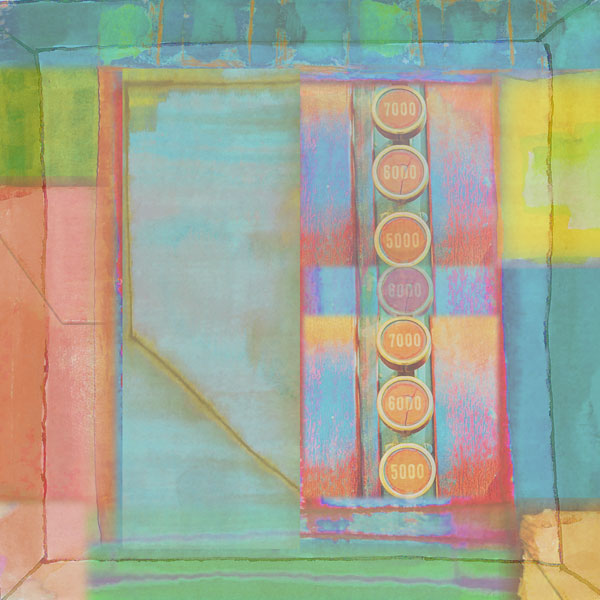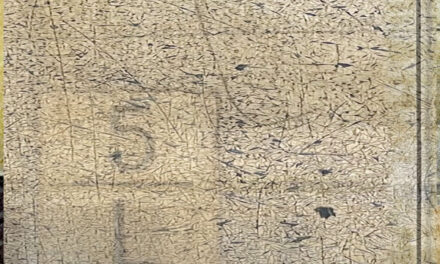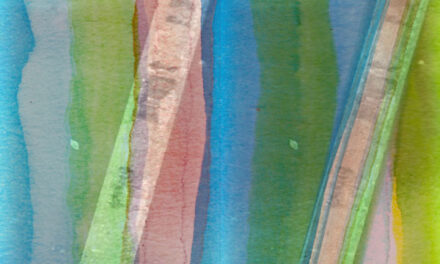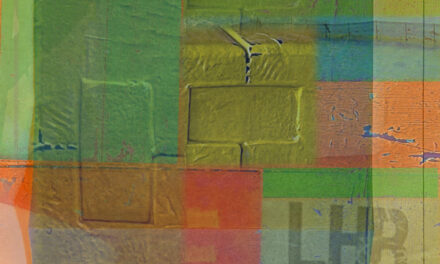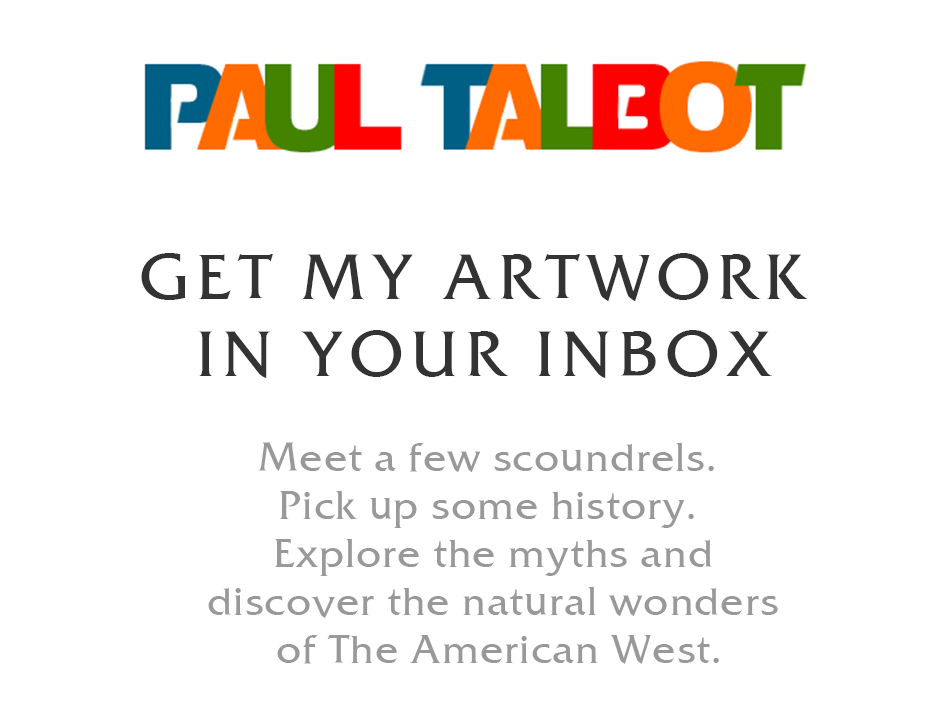Fish Camp, California always lured him back to that old photo, the one Carleton Watkins took in 1861.
Driving through town was all it took for that picture of the Yosemite Valley to reappear.
It was gorgeous, as stirring a photograph as they came. But he knew it could also be intimidating. He was never sure what he was supposed to pay attention to.
He wondered if he made mistakes when he looked at it. If he was missing the point. Sometimes when he tried to distinguish one of the photograph’s elements from another, to separate its pieces and admire them on their own, he wondered if this was necessary.
Or even destructive.
He may have been better off not ripping the picture apart, to simply admire it, leave it intact and abandon the analysis.
But the picture had such a hold on him, this was tough. He was pretty sure there was something Carleton Watkins intended for him to see and he didn’t want to miss it.
He imagined Carleton Watkins as the easygoing type, content for his work to be viewed in whatever fashion an admirer chose.
Whatever the case, every time he looked at that photograph of the Yosemite Valley taken back in 1861 his eye was drawn to the evergreen tree in the foreground. Maybe that was what Watkins roped him into. To rivet him to that improbably tall trunk and those delicate branches stretched out up high.
Maybe Watkins deliberately focused him on the tree so he could be properly swept into the backdrop of the valley’s complex grandeur.
Or maybe he was overthinking it.
It didn’t matter. He could dwell on that slender trunk for so long he knew the breath of its fragrance. He could hear the breeze and he could feel the bark.
The same encounter unfolded every time, only different variations on a resolute theme. All he knew for sure was that when he drove through Fish Camp, California to Yosemite National Park, he could not remember where he first saw the photograph.
It was like a song from long ago, a song that drew him back into a sliver of an otherwise lost moment.

